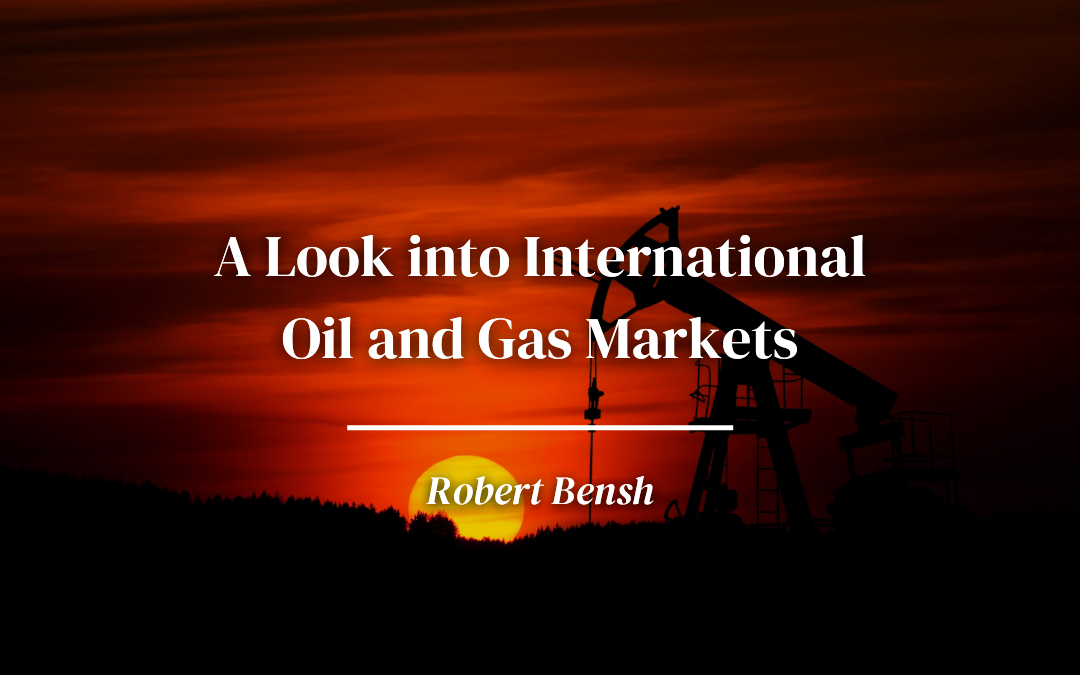The oil and gas industry has recovered from its worst crisis in six years, with prices hitting their highest levels. However, despite the industry’s recovery, uncertainty remains about the market’s future direction. Our 2022 outlook looks at five key trends that will affect the oil industry.
A Period of Transformation
As the industry enters 2022, many companies in the oil and gas industry are looking to transform their operations by adopting new strategies and procedures. According to our survey, over two-thirds of executives are optimistic about the changes that their organizations are making.
The oil and gas industry is entering a new phase of transformation. As oil prices continue to rise, O&G executives must start thinking about how they can improve their operations and manage their resources more effectively. They should also develop smart goals and implement effective strategies to attract and retain talent.
The oil and gas industry can achieve its transformation goals by adopting a culture that values purpose and innovation. This can be done by developing smart goals and effective communication strategies. Our 2022 outlook looks at five key trends that will affect the industry.
Oil Price Impacts
After reaching a negative bottom in April 2020, oil prices have started to recover, currently around $80 per barrel. However, it has been widely believed that high oil prices could slow down the industry’s energy transition. According to our survey, 76% of executives believe that the price of oil will most likely support the industry’s energy transition in the near term.
The high oil price allows companies to invest significantly in green energy solutions such as carbon capture, storage, and utilization (CCUS). Since none of the stakeholder groups can provide the necessary financial and technical support to establish a successful CCUS industry, all of the participants in the value chain are important.
Mergers and Acquisitions
Since the start of 2021, the rise in oil prices has been supported by the recovering demand and the capping of supply from OPEC. Despite the positive effects of the strong oil price, the upstream M&A activity has remained relatively low. The lack of visibility regarding the buyers’ carbon profiles is also a growth factor that has affected the activity.
As companies pursue their net-zero goals, they are either looking to acquire low-carbon-intensity assets or divest high-carbon-intensity ones. Although a large resource size and attractive offer price are enough to attract a buyer, they may not be enough to convince a seller focused on meeting its zero-carbon target. Therefore, M&A activity should be financially accretive and support ESG goals.
Oilfield Services
Even before the outbreak of the pandemic, the oil and gas industry was able to reduce its costs and improve its operations to stay afloat. However, the rapid emergence and evolution of new energy sources and the increasing cost of doing business are expected to have a lasting impact on the industry’s structural shift. Many OFS companies are now planning on implementing a new strategy to address the changes brought about by the energy transition.
Due to the increasing number of mandates for the decarbonization of the oil and gas industry, many companies are now planning on implementing new business models and solutions designed to meet their customers’ needs. However, implementing digital technology will only help to a limited extent.
The oil and gas industry is expected to continue improving its operations and reduce its greenhouse gas emissions by implementing new business models and solutions designed to meet its customers’ needs. These include the establishment of subscription-based revenue models and the decarbonization of upstream projects.
Fuel Retailing
The rapid emergence and evolution of new energy sources, such as renewable fuels, has led to the emergence of new competition for traditional fuels, such as gasoline and diesel. The increasing number of millennials is also changing the buying habits of consumers. This has created a challenge for fuel retailers trying to retain their customers while adapting to the changing fuel mix. Eventually, those that are able to move beyond traditional fuel offerings will be the ones who can thrive during the energy transition. To effectively meet the needs of their customers, fuel retailers need to develop a comprehensive approach that includes developing a convenient and comprehensive customer experience.
Workforce and Talent
The oil price crash in 2020 led to the largest number of layoffs in the history of the US oil and gas industry. Although the prices have since doubled, only around 50% of the employees who lost their jobs have returned. The lack of a skilled and experienced workforce is affecting the industry’s reputation as a reliable employer.
Despite the various initiatives the oil and gas industry is taking to reduce its greenhouse gas emissions, it is still hard for companies to attract and retain the talent they need in a tight labor environment. According to a survey, over 75% of the respondents believe that flexible and hybrid workforce structures can help companies compete in the current market.
